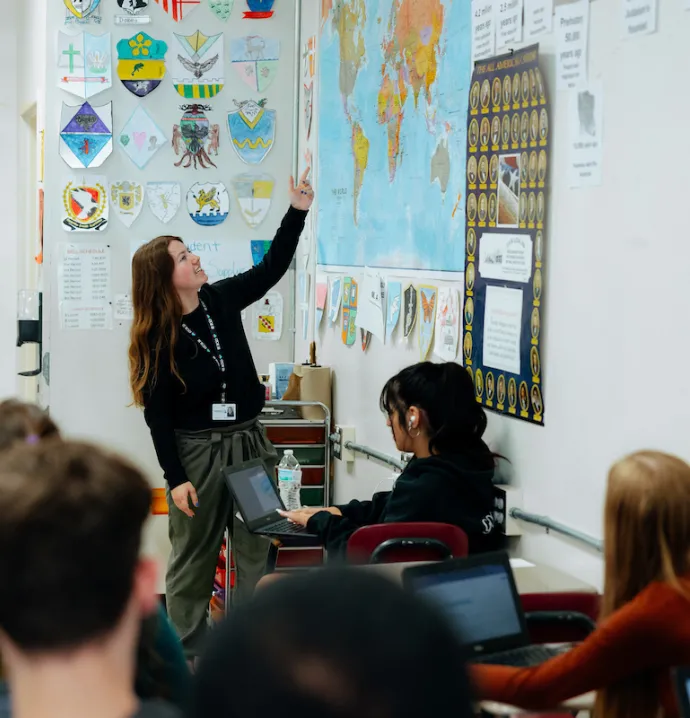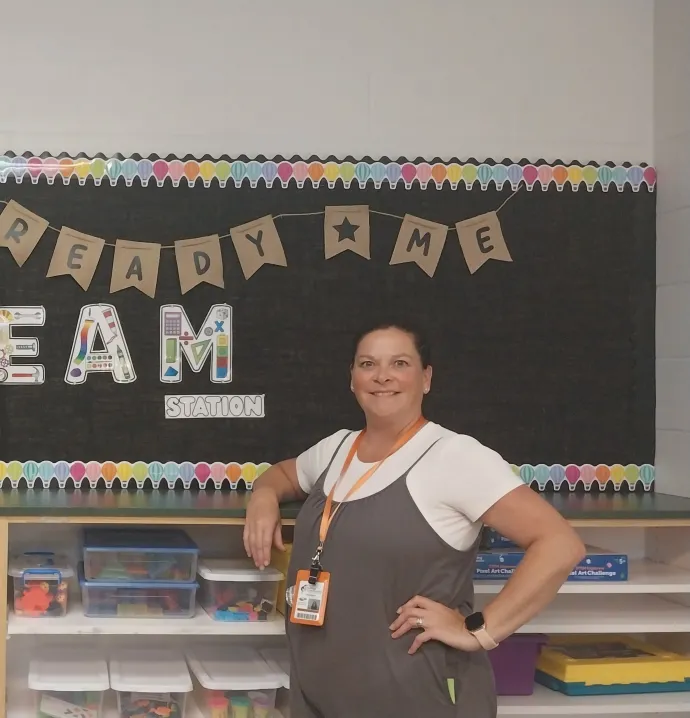Taking computer science to new heights
Taking computer science to new heights
Nowadays, drones are used for everything from topographical mapping, search and rescue efforts, traffic and safety studies, and even package delivery.
As businesses and agencies find creative new ways to utilize drones, so too must developers find creative ways to build and program these drones to meet a variety of needs – and students in the UNI Department of Computer Science are doing just that.
For the past several years, students in the department have been heavily focused on drone programming. Andy Berns, assistant professor of computer science, says drones are a key part of his teaching process at the university.
“I teach a software engineering class – real time embedded systems – and it’s unique and helpful as a computer science student to get exposure to working with things like drones,” he said. “You get experience in hardware programming, which is a great skill to have, especially in terms of employability. A lot of the things we do are common in avionics and aeronautics, and there are quite a few of our students who have gone on to work at places like Collins Aerospace.”
After building and programming the drones, though, being able to test fly them was tricky due to regulations on UAVs (unmanned aerial vehicles). So, the department had to get creative.
With the help of a generous donation from former math professor Stan Walljasper, the department was able to purchase a drone flying cage. Now, students are able to safely fly and troubleshoot their drones outdoors using the cage. The drone cage itself, Berns says, is relatively unique to UNI.
“As far as I’m aware, we’re one of very few universities to have something like this,” Berns said. “It’s pretty exciting for a smaller institution like us.”
The cage will be used by students to test out the drones they’ve built and programmed, as well as for student research projects involving drones and other UAVs.
As an undergraduate, each student in the department is required to have at least one semester of research, and it’s no surprise that many students choose to focus their work on drones.
Alan McKay, a computer science major who worked with Berns on drone research over the summer, says that drones are a great way to build creative problem solving skills for students such as himself.
“I wanted to do lower level stuff, closer to the circuit boards,” McKay said. “I like solving problems, and this is a new way of thinking about algorithms. The practical application of the work we’re doing is to take limited resources and be able to compute as much as you can with those resources. [Doing it in a hands-on way like this] allows you to gain a little more insight into what you’re studying, but also to further the field.”
Past students have even teamed up with the UNI Department of Geography on research using drones for hyperspectral imaging, which can detect and identify minerals, terrestrial vegetation, and man-made materials and backgrounds.
“Building and programming these drones is a great opportunity for students to implement the concepts they’ve learned in class, and to take up something a little more complicated,” Berns said. “Embedded systems are a big part of the kind of work you might find as a computer science graduate, so it’s nice to give students exposure to that. These systems can do incredibly complicated things, but at the end of the day, there really are only few functions, so it’s up to the student to design it creatively.”




